A Talk to City Boys.
By Washington Gladden, in St. Nicholas
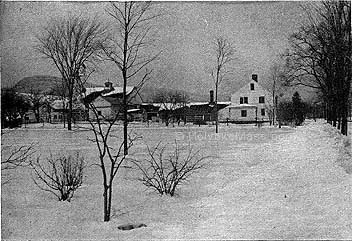
Northampton Street — The Old Fairfield Homestead.
|
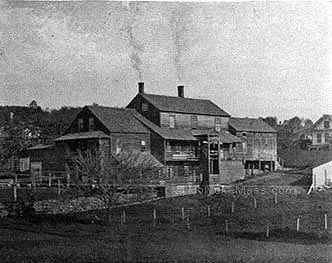
The Beehive.
|
I have taken to thinking much of late about the boys of our cities. For one who lives in a city, that is not a very strange thing to do. A good many boys are in sight as one walks about. You find them not only in the schoolhouses and the schoolyards, but on the corners of the streets, and in the alleys and the vacant lots; and whenever a ball-match is about to begin in the park, you see crowds of them faring eagerly that way.
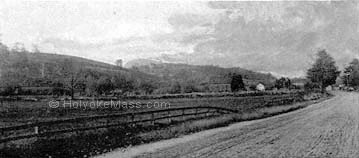
Mount Tom From Northampton Street.
|
Here and there you find boys at work. There are cashboys, and newsboys, and office boys, and messenger boys, and shopboys, and bootblacks, and garbage boys—some very honest and manly little chaps, too, in that unpoetic branch of business. Indeed there are quite a good many boys in every city who are hard at work, every day, helping to support themselves, and perhaps their mothers, too.
But besides those boys who work, there are not a few who have a great deal of time on their hands. Some of the schoolboys study out of school, but most of them, I fear, do not; and these especially the high school boys, have much the largest portion of their waking hours to spend either in play or in idleness, or in what is much worse than either play or idleness. Many of these are the sons of wealthy or well-to-do people; many others are children of the poor. They sleep say eight hours of the twenty-four, and this part of their time is well improved; when they are asleep they are all very good boys. Then they are in school four and a half or five hours. That makes say thirteen hours. And they spend, perhaps two hours at their meals and on their way to and from school, making fifteen hours. And that leaves nine hours which those of them who do not study out of school have to spend in amusing themselves. One whole workday in every week is a holiday, and that is devoted wholly to play or idleness. About thirteen weeks of every year are vacation weeks, and in these there is nothing at all to do. If you figure this up, you will find there is three-quarters of the working time of every year spent in fun or in idleness. Even those boys who study an hour or two out of school, on school days, but who have no other work to do, have fully half of the working time in every year for their own amusement.
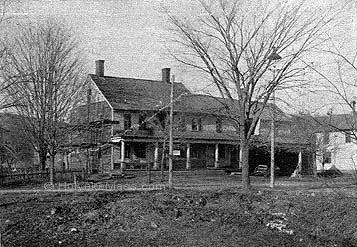
Crafts’ Tavern.
|
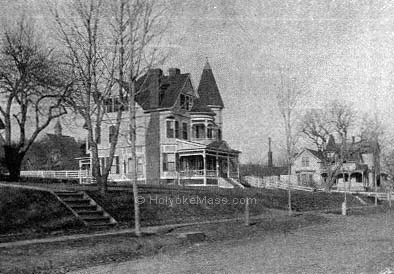
Northampton Street Homes.
|
© Laurel O’Donnell 1996 - 2006, all rights reserved
This document may be downloaded for personal non-commercial use only
and may not be reproduced or distributed without permission in any format.
This is an edited adaptation from the original publication.
|